Summary
Summers are typically sunny and warm, with temperatures averaging around 80°F (27°C). Winters are mild and rainy, with temperatures around 60°F (15°C). The city experiences over 300 days of sunshine annually.
San Jose's hydrology is influenced by the nearby Santa Clara Valley, which is home to several rivers and creeks. The Guadalupe River flows through the city, providing a natural habitat for various bird species and offering opportunities for kayaking and fishing. San Jose also boasts several reservoirs, including Almaden, Calero, and Chesbro, which provide water storage and recreational activities such as boating, fishing, and hiking.
The city offers numerous outdoor recreation opportunities. The Alum Rock Park provides hiking trails, picnic areas, and scenic views in the foothills of the Diablo Range. The Santa Clara County Parks system maintains several open spaces and regional parks in the area, including the popular Almaden Quicksilver County Park, offering miles of trails for hiking, biking, and horseback riding. With its mild climate and natural beauty, San Jose provides residents and visitors with ample opportunities to enjoy outdoor activities year-round.
Weather Forecast
San-Jose receives approximately 400mm of rain per year, with humidity levels near 62% and air temperatures averaging around 16°C. San-Jose has a plant hardyness factor of 9, meaning plants and agriculture in this region tend to thrive here all year round.
Area Campgrounds
| Location | Reservations | Toilets |
|---|---|---|
 Raymundo Campos
Raymundo Campos
|
||
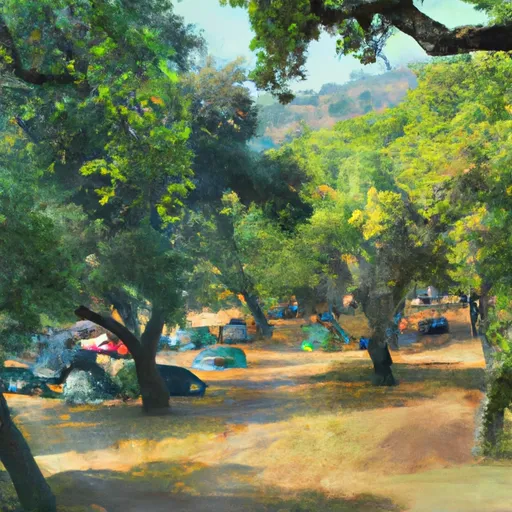 Oak Knoll Group Area
Oak Knoll Group Area
|
||
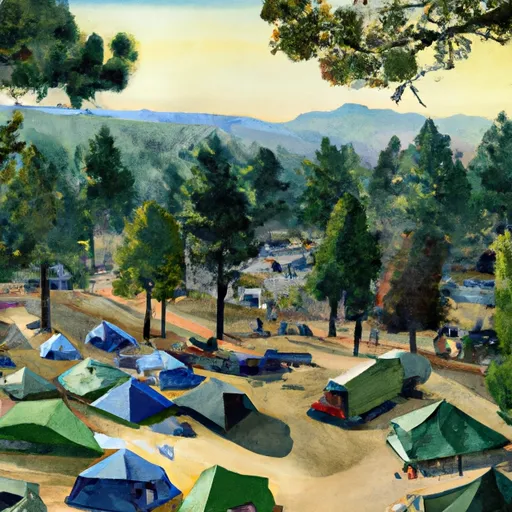 Youth Group Camp Area
Youth Group Camp Area
|
||
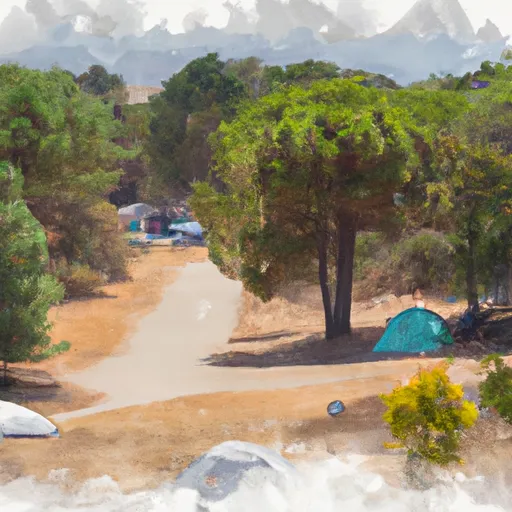 Grant County Park
Grant County Park
|
||
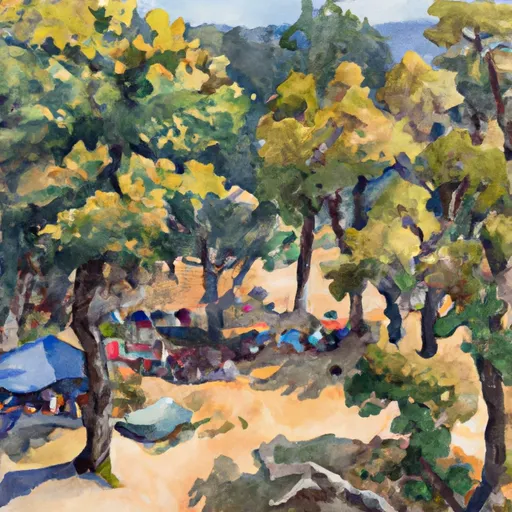 Woodland Youth Camp
Woodland Youth Camp
|
||
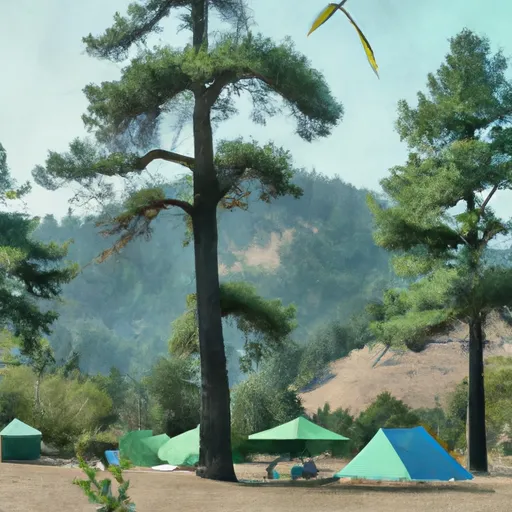 Sanborn - Skyline County Park
Sanborn - Skyline County Park
|

 John P. McEnery Park
John P. McEnery Park
 Ryland Park
Ryland Park
 St. James Park
St. James Park
 Delmas Dog Park
Delmas Dog Park
 Theodore Lenzen Park
Theodore Lenzen Park
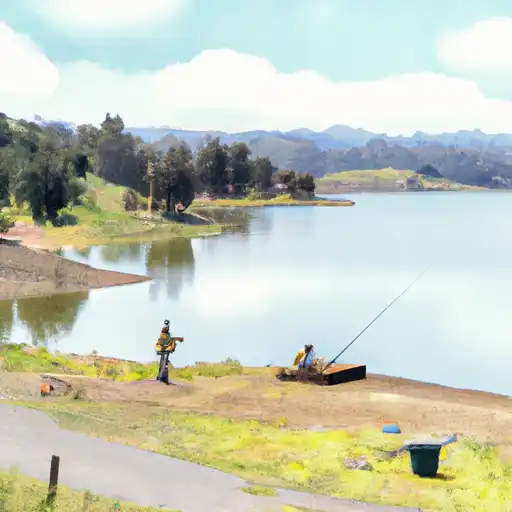 Lexington Reservoir
Lexington Reservoir
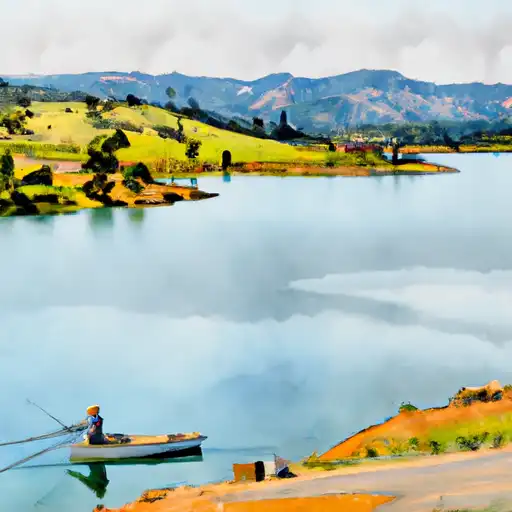 Lake Ranch Reservoir
Lake Ranch Reservoir
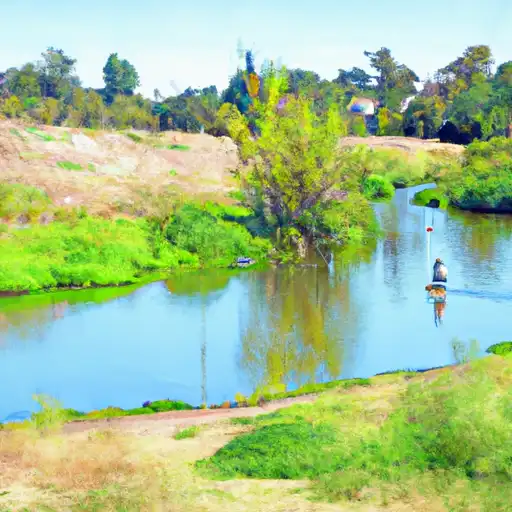 Coyote Creek
Coyote Creek